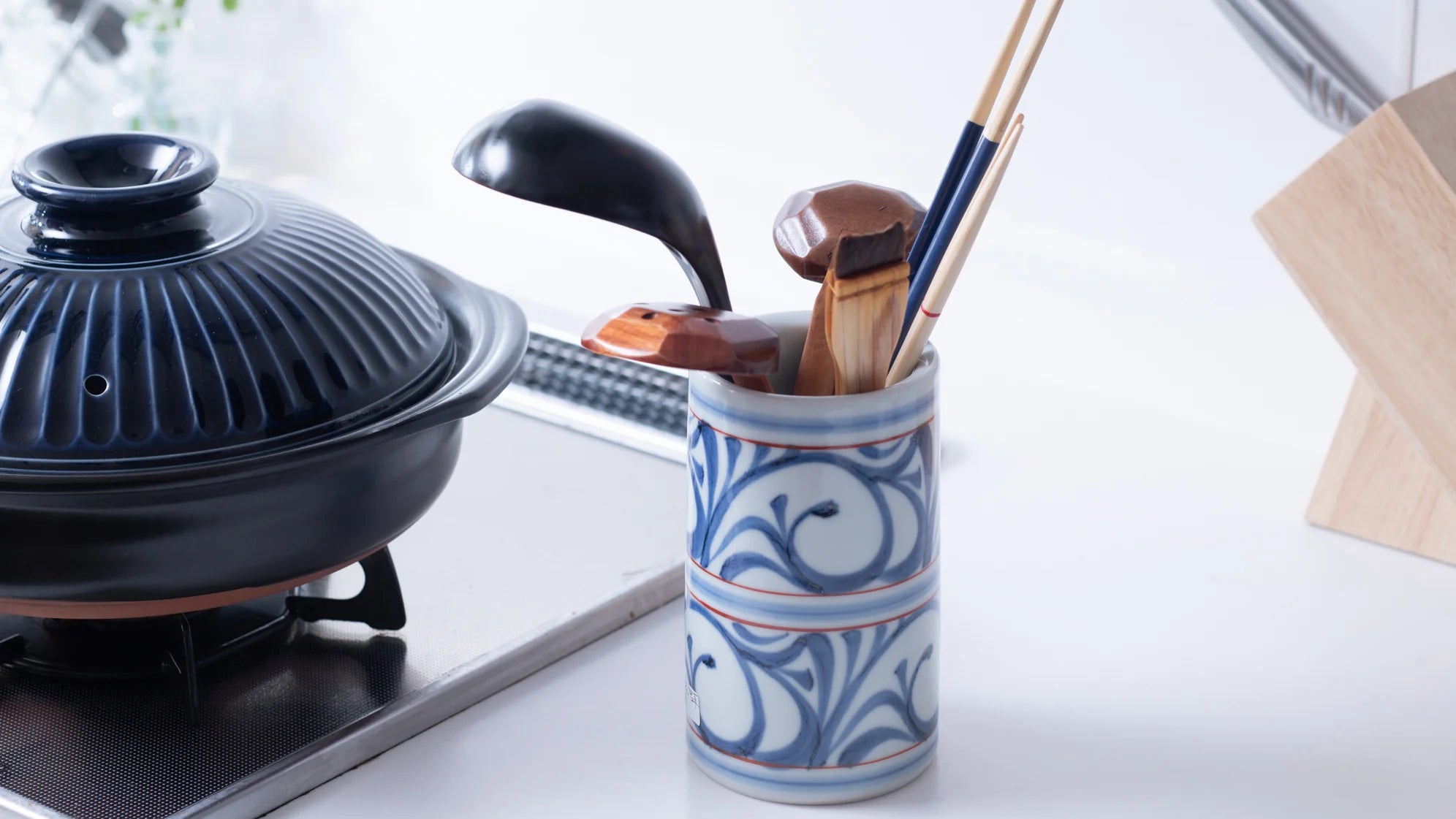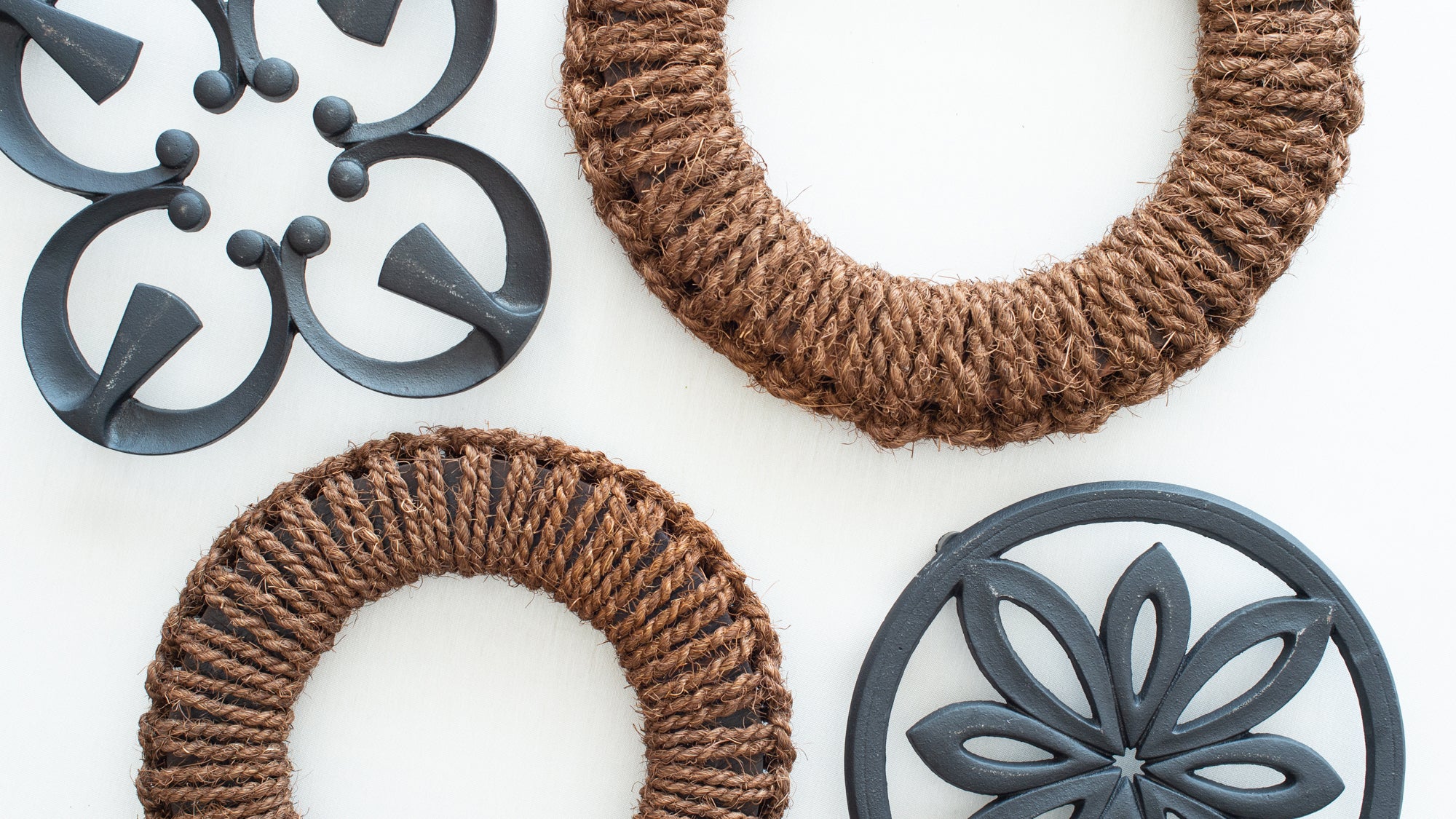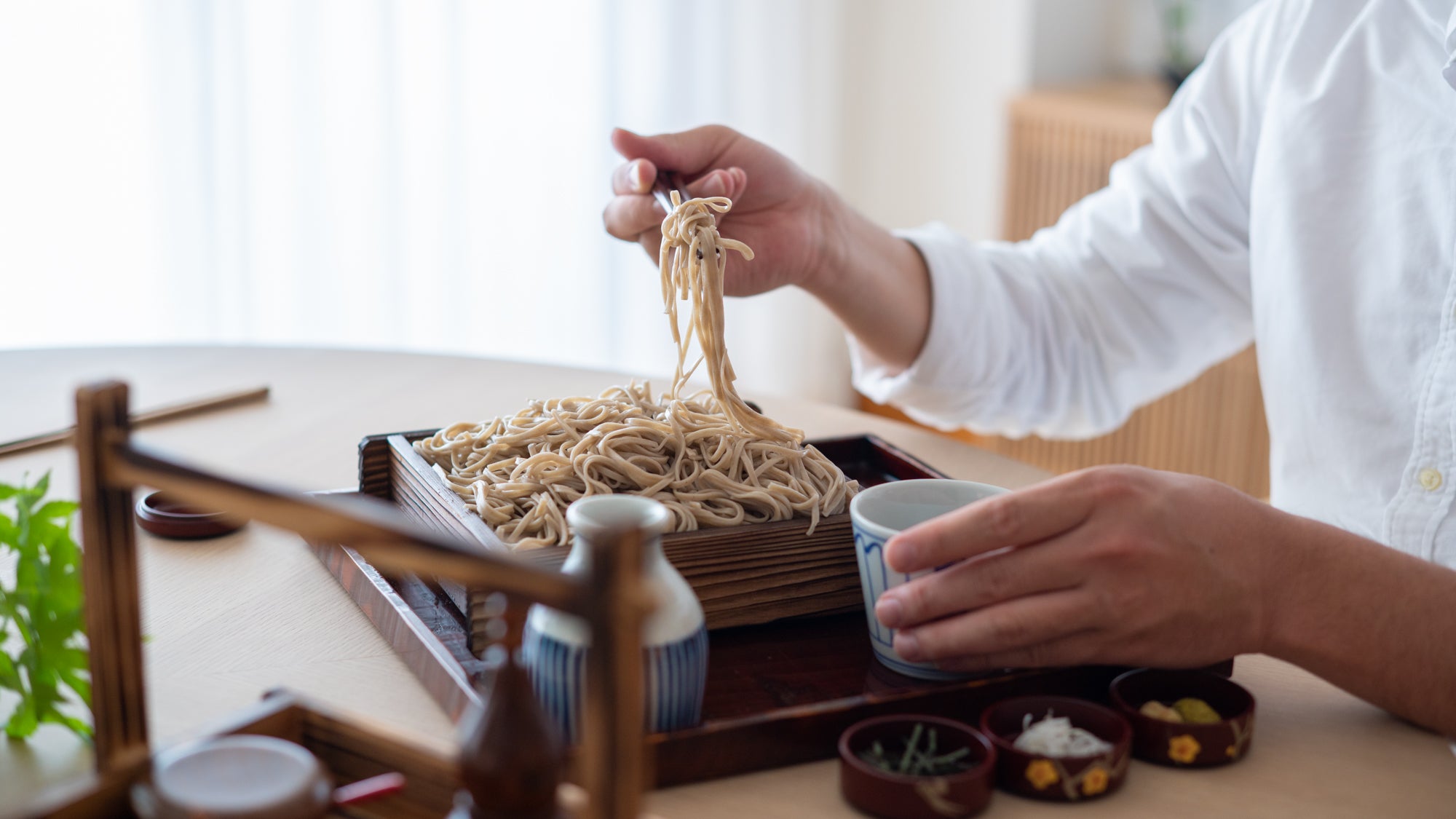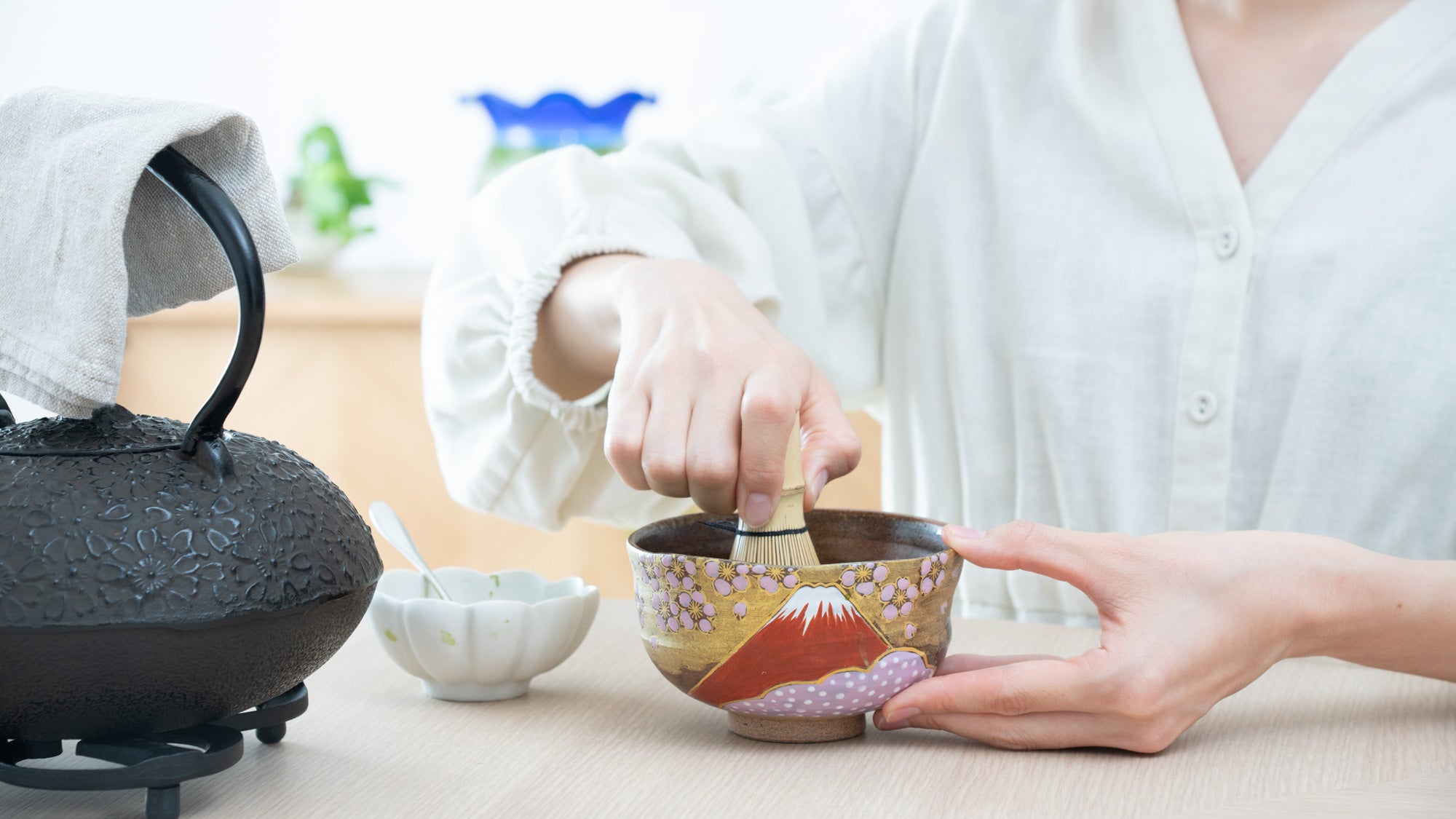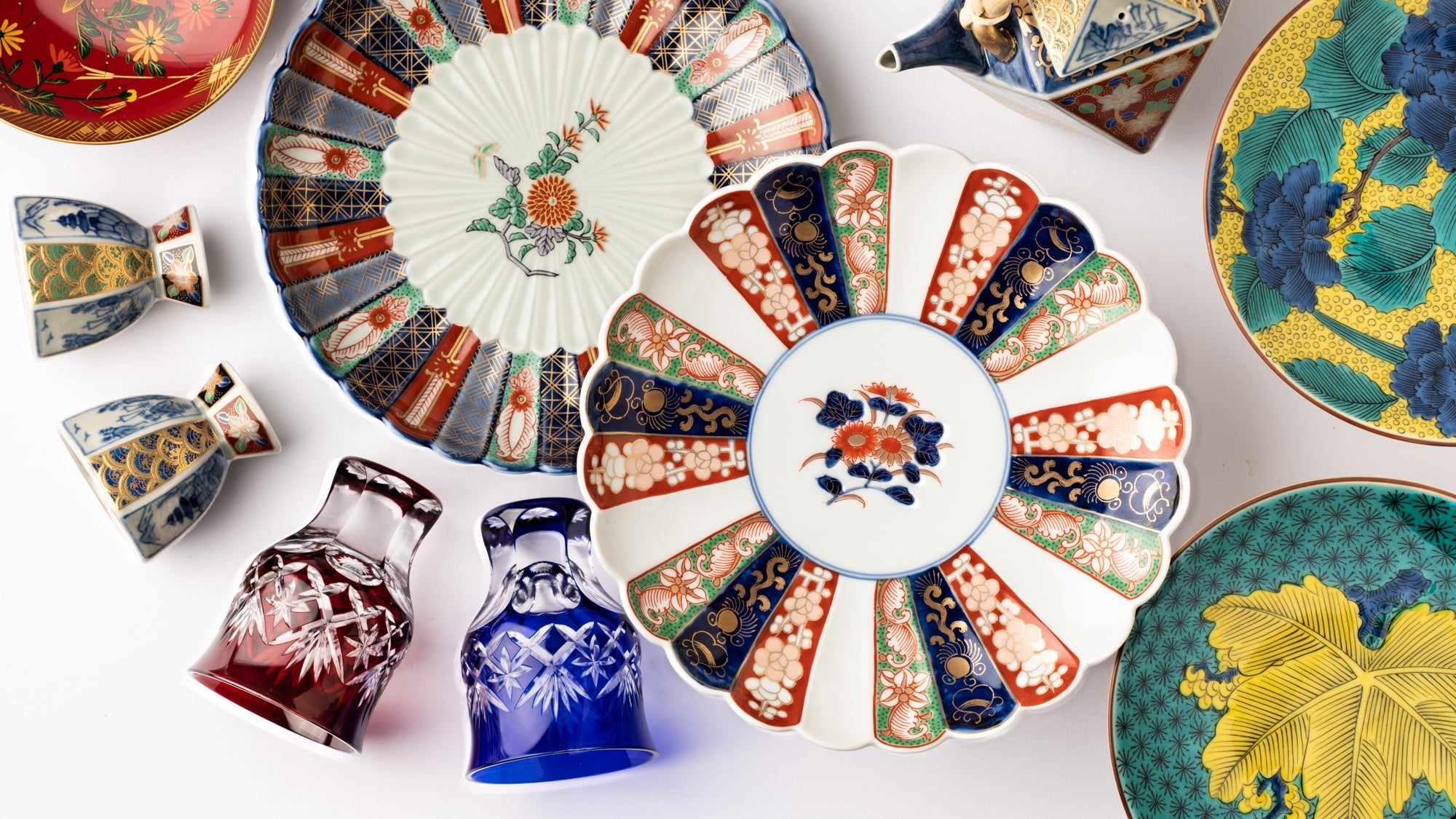3 April 2024
Precious Jewels: Tokyo's Exquisite Lacquerware Collection


In the heart of Tokyo's Roppongi district lies a hidden gem for art lovers and cultural enthusiasts alike: the Sen-oku Hakukokan Museum Tokyo. Renowned for its serene ambiance and an exquisite collection that whispers tales of ancient craftsmanship, this museum recently hosted an unparalleled exhibition that showcased the fine art of lacquerware, spanning from the ancient Chinese Ming Dynasty (1368 CE - 1644 CE) through to Japan's Taisho Period (1912 CE - 1926 CE).

Special Exhibition (January 20, 2024 - February 25, 2024):
Living with Lacquer - The Beauty of Lacquerware in Everyday Life
This exhibition showcased an array of lacquer art pieces, unraveling the scenes in which they were used, and inviting visitors to reconsider the joy and beauty of viewing and using lacquerware.
About the Sen-oku Hakukokan Museum Tokyo
A museum focusing on the collection of the Sumitomo family. The collection contains works in a broad range of fields, including ancient Chinese bronzes; Chinese and Japanese paintings and calligraphy; Western paintings; modern ceramics; tea ceremony utensils; stationeries for Chinese literati; and Noh masks and costumes.

Contents
- A Fantastical Realm through Lacquer
- Opulence and Luxury
- Lacquerware in the Arts
A Fantastical Realm through Lacquer

As one steps into the quiet elegance of this modestly sized museum, they are transported into a world where the subtle opulence of lacquerware takes center stage. The exhibition was a rare opportunity to immerse oneself in the beauty and intricacy of lacquer art, featuring a diverse range of pieces that not only exemplify the traditional techniques but also the cultural significance of this prestigious craft.

This piece captivates with its depiction of a landscape where the lush canopy of fully blossomed weeping cherries meets fields adorned with autumn grasses. In this enchanting vista, where spring and autumn merge, dragonflies and butterflies dance in the air. A bridge arches over a river dotted with small boats, while along its banks, snake baskets are strategically placed, reminiscent of the ancient Uji River in Kyoto, a renowned poetic reference. This scene conjures up a utopian dream.

This piece utilized the intricate technique of kuro maki-e, where designs are drawn by layering and raising black lacquer on a glossy ground coated with kuro-rou "black wax" lacquer. The artists behind this masterpiece were leading figures in the modern Kyoto art scene, who innovatively bridged traditional Japanese painting with lacquer art.
The meticulous attention to detail and the creative use of lacquer to convey depth and texture brought the scenes to life, offering a captivating glimpse into the fusion of painting and lacquer techniques.
Opulence and Luxury

Adding to the allure, the exhibition presented lacquerware items of stationery, such as writing desks and calligraphy brush holders, which exuded an elegant ambiance of serenity. These pieces invited visitors to imagine the lifestyle and culture of the patrons and nobility who once owned them, offering a window into the refined daily practices and artistic pursuits of historical elites.

Many pieces were presented without the names of the craftspeople or the exact time periods, inviting visitors to appreciate the artifacts free from the constraints of titles and historical context. This decision underscored the timeless beauty and perfection of the lacquerware, allowing for a pure admiration of the craftsmanship and dedication of the unknown artisans who created these masterpieces.
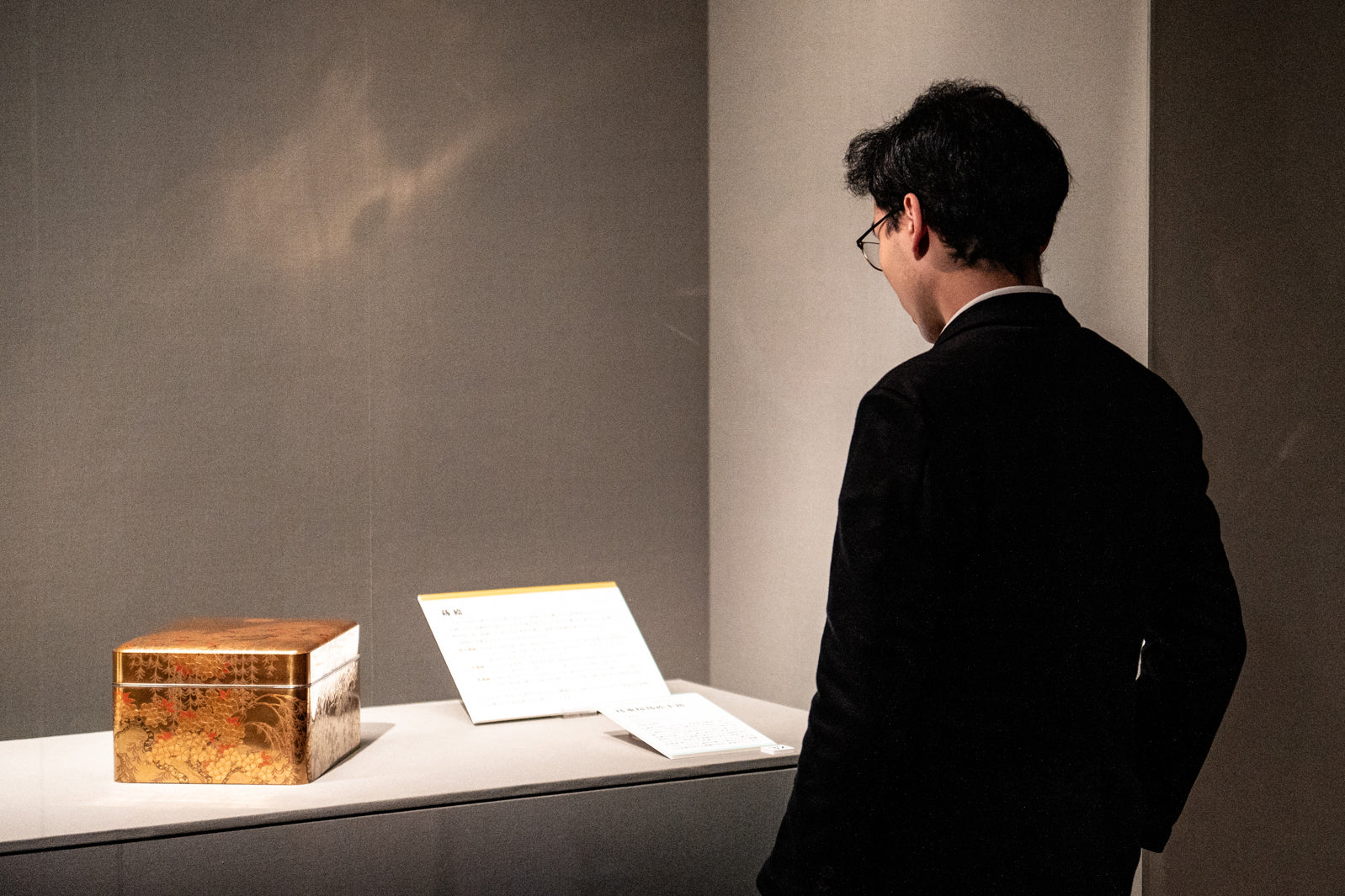
Lacquerware in the Arts
Despite the centuries that have passed, the lacquerware retained a compelling beauty, their once luminous shine having evolved into a more subdued opulence. This transformation highlighted the enduring allure of black lacquer, offering a perspective that contemporaries of these pieces could not have appreciated. It is indeed a privilege for modern viewers to witness the beauty of lacquerware that has been ripened by time, presenting a subdued yet profound elegance that speaks volumes of its journey through the ages.

The curators went beyond the mere display of lacquerware as objects of beauty, delving into their functional and cultural significance. Visitors had the chance to admire Noh theater mask containers, which not only serve a practical purpose but are also steeped in tradition and lore. The exhibition also included an array of tableware adorned with motifs from Noh theater plays such as the flute and mask containers, offering a glimpse into the cultural occasions that these exquisite pieces graced.

We were also treated to a splendid display dedicated to the art of tea, featuring an exquisite collection of teaware and its associated utensils crafted from lacquer. Among the highlights were the natsume matcha container, renowned for their elegance and functional beauty, which play a pivotal role in the tea ceremony, embodying the deep-rooted traditions and aesthetic principles of Japanese culture.

Lastly, the exhibition showcased a comprehensive collection of lacquered tableware designed for large feasts, illustrating the versatility and sophistication of lacquer as a medium. This array of dining artifacts not only showcased the meticulous craftsmanship and artistic heritage of lacquerware but also highlighted its integral role in the ceremonial and communal aspects of Japanese dining culture.

The Sen-oku Hakukokan Museum's lacquerware exhibition was more than just a display of historical artifacts. It provided a rare opportunity to delve into the depths of heritage craftsmanship and to appreciate the enduring beauty of lacquer art. The quiet and elegant ambiance of the museum served as the perfect backdrop for these elegant masterpieces, making each visit a profound and introspective experience.
By Kawakami Yoshikaze


